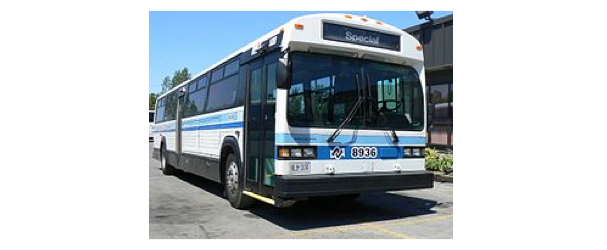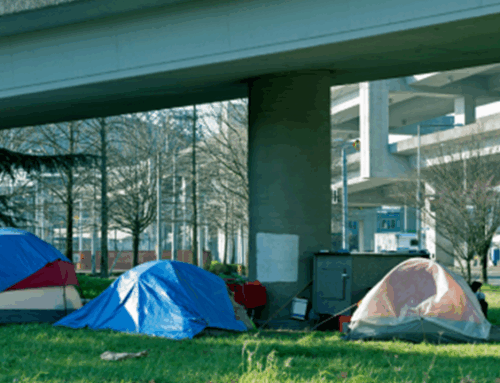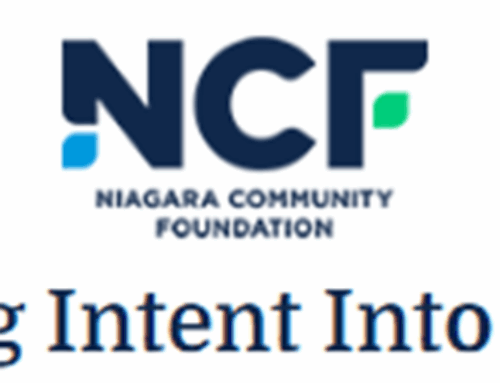People often complain it costs too much.
It is underutilized, doesn’t run long enough, or far enough and is never full enough.
Yet for many people in our community, it is a lifeline.
Public transit, the bus. Regional or otherwise, if you don’t use it, you may not appreciate it. If you do use it, you understand.
There are exceptions. Many people appreciate the value of public transit. Even if they don’t use it, they don’t mind paying for it through their local and regional taxes.
I’d like to suggest we pay a little more for it, so it works better for those that rely on it and need it most.
I suspect this may result in eye rolling for some. Others may get it. If you need a little convincing, consider this about public transit:
Transportation is a determinant of health for many people in Niagara: a person’s health and well-being absolutely depends on being able to get where they need to go i.e. work, school, doctor’s appointments, social events. Public transit people to where they need to go.
- Public transit improves an individual’s quality of life.
- Public transit is an important factor in attracting and retaining a diverse workforce, especially young people.
- Public transit contributes $10 billion to Canada’s annual economy
- Public transit employs 45,300 Canadians directly, and 24,300 indirectly
- Public transit reduces vehicle operating costs by approximately $5 billion and reduces traffic collisions, saving another $2.5 billion
- Public transit reduces greenhouse gas emissions by 2.4 million tons every year.
Improving access to public transit in our communities through the implementation of a subsidized transit fare for adults and seniors with low incomes is one way for local governments to take a stand on poverty. It’s a sustainable strategy that benefits everyone.
Rhonda Barron
Bridges Community Health Centre
rhonda.barron@bridgeschc.ca
This blog post is an abridged and slightly modified version of a column that ran in the Fort Erie Times, “Everyone should make transit a priority.”






